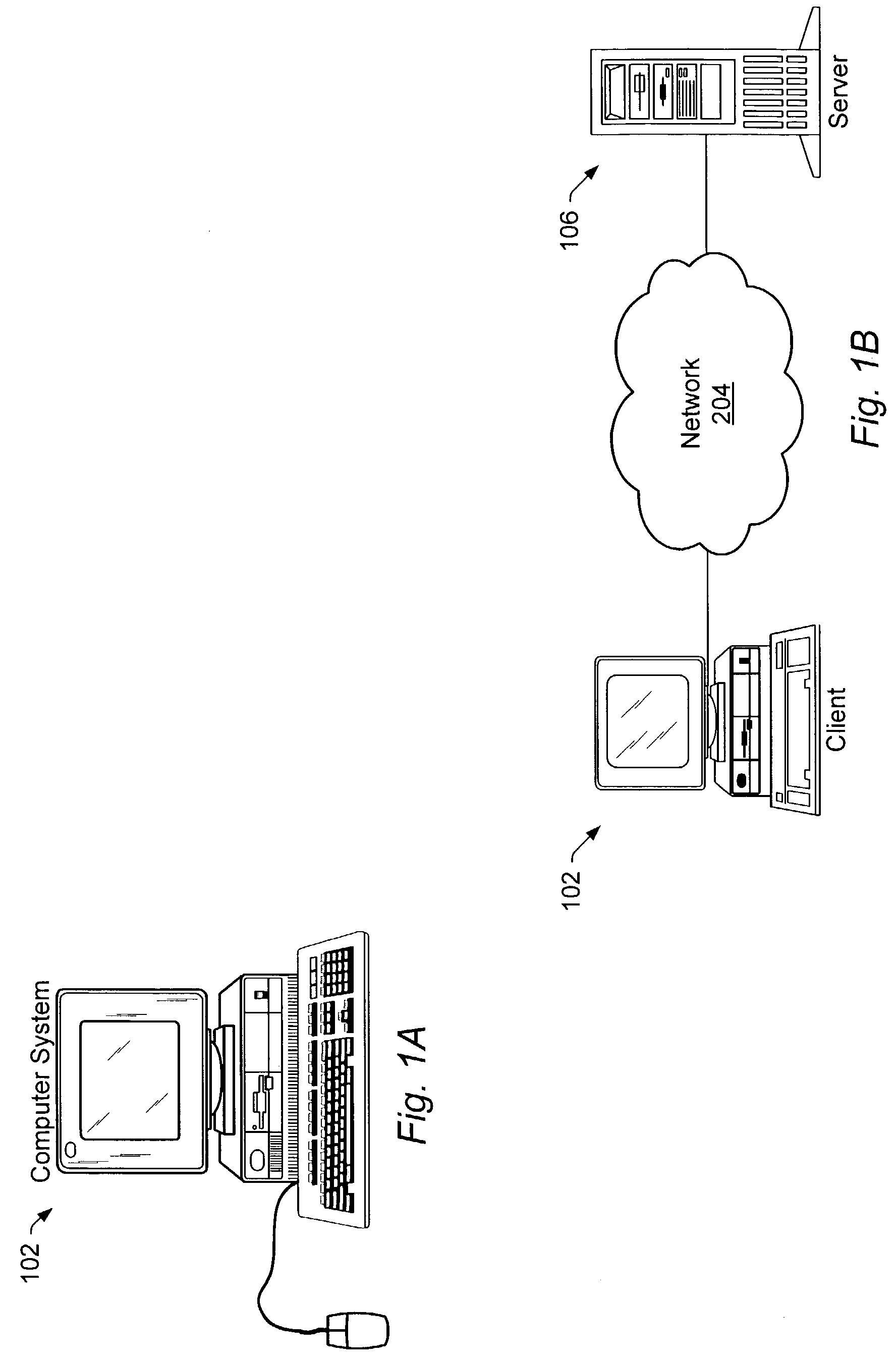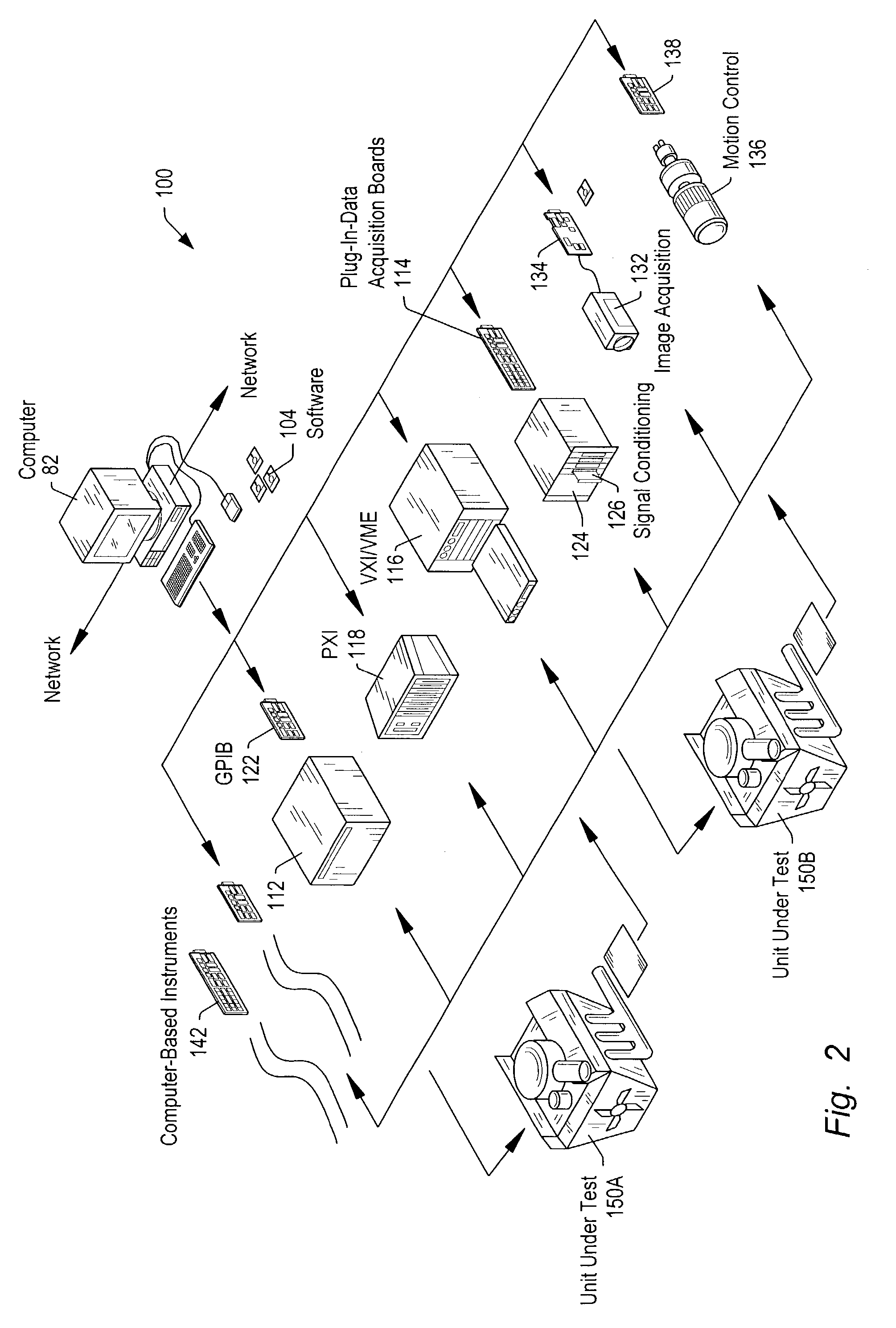Installing software using programmatic component dependency analysis
a software and component dependency analysis technology, applied in the field of application system deployment software, can solve the problems of significant effort and time on the part of users, the actual deployment of the test system is often even more difficult and complex, and the user may have difficulty in properly determining the required components, etc., and achieves substantial flexibility
- Summary
- Abstract
- Description
- Claims
- Application Information
AI Technical Summary
Benefits of technology
Problems solved by technology
Method used
Image
Examples
— example implementation
FIGS. 17-27—Example Implementation
[0276]FIGS. 17-27 present an exemplary implementation of one embodiment of the systems and methods described above. More specifically, FIG. 17 illustrates one embodiment of a system state object instance; FIG. 18 illustrates one embodiment of product / part / feature object instances; FIG. 19 illustrates one embodiment of UI object instances; FIG. 20 flowcharts one embodiment of a method for gathering input; FIG. 21 illustrates one embodiment of object instances for disk space costing; FIG. 22 illustrates one embodiment of object instances for merging dependencies; FIG. 23 illustrates one embodiment of object instances for product dependencies; FIG. 24 illustrates one embodiment of a top level class hierarchy; FIG. 25 illustrates one embodiment of product / part / feature classes; FIG. 26 illustrates one embodiment of UI classes; and FIG. 27 illustrates one embodiment of dependency classes.
[0277]In the description that follows, the following terms and defin...
PUM
 Login to View More
Login to View More Abstract
Description
Claims
Application Information
 Login to View More
Login to View More - R&D
- Intellectual Property
- Life Sciences
- Materials
- Tech Scout
- Unparalleled Data Quality
- Higher Quality Content
- 60% Fewer Hallucinations
Browse by: Latest US Patents, China's latest patents, Technical Efficacy Thesaurus, Application Domain, Technology Topic, Popular Technical Reports.
© 2025 PatSnap. All rights reserved.Legal|Privacy policy|Modern Slavery Act Transparency Statement|Sitemap|About US| Contact US: help@patsnap.com



